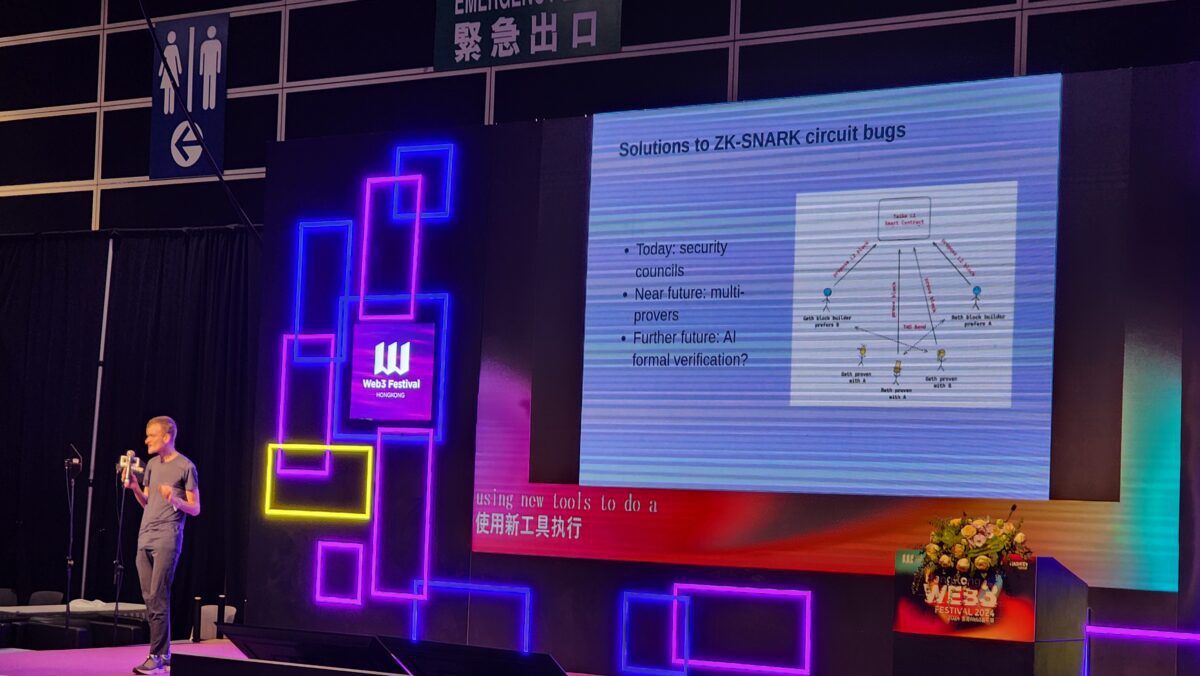Research firm ChainFeedsxyz released a report titled “What is Based Rollup, and How Does it Inherit Ethereum’s Liveness?” on the 7th, highlighting future technological prospects for the Ethereum ecosystem.
Following the recent Ethereum (ETH) Dencun upgrade and subsequent decrease in Layer 2 (L2) gas fees, market attention has shifted back to L2 solutions. Ethereum’s L2 solutions primarily consist of Optimistic Rollups and ZK Rollups, with the majority of market share currently held by Optimistic Rollups.
ChainFeedsxyz observed, “While both Optimistic Rollups and ZK Rollups strive to address issues related to transaction speed and cost, they have yet to fully overcome technical challenges and efficiency drawbacks. Ongoing optimization of these rollup methods is essential as blockchain technology continues to evolve.”
# Based Rollup: Simplifying L2 Complexity and Enhancing L1 Integrity
Based Rollup is an emerging technology designed to overcome the limitations of existing Optimistic and ZK Rollups. It aims to streamline the technical complexity of implementing Ethereum rollups and reduce transaction delays while maintaining the integrity of the Ethereum ecosystem. Notable projects in this space include TAIKO.
Proposed by Ethereum Foundation researcher Justin Drake in March 2023, Based Rollup addresses blockchain performance and security issues by delegating transaction ordering authority to L1 (Ethereum) validators, thereby enhancing L1 sequencer leadership and optimizing L2 performance.
This technology synchronizes the security and decentralization of Ethereum and L2 without additional security mechanisms or consensus algorithms. Compared to the traditional escape hatch mechanism applied by existing rollups, Based Rollup significantly reduces wait times in case of rollup failure or attacks.
Based Rollup also simplifies the existing L2 technical complexity. When L2 independently handles transaction ordering and data availability issues, network complexity and security risks can arise. By managing these processes through L1, Based Rollup simplifies the L2 structure and maintains a high-security network without the need for sequential signature validation, escape hatches, or external PoS consensus.
The consistency of economic incentives is another notable aspect. By participating in the L2 transaction order process, L1 miners can earn additional fees and incentives, thereby maintaining motivation to uphold network integrity. This, in turn, enhances the overall ecosystem’s security. Ethereum co-founder Vitalik Buterin has emphasized the necessity of projects like TAIKO for the Ethereum ecosystem.
# Based Rollup’s Potential and Future Application
Based Rollup emerged from the need to address limitations in existing rollup solutions but still faces challenges such as profitability and sequencing flexibility restrictions. As sequencing is delegated to L1, any MEV (Miner Extractable Value) is directed to L1 validators, limiting direct MEV benefits for Based Rollup itself.
This raises concerns about meaningful contributions to L2 network operations. Addressing these challenges is crucial for Based Rollup to be effectively utilized by both users and validators.
Projects like TAIKO have positively impacted the ecosystem by developing a zkEVM (Zero-Knowledge Ethereum Virtual Machine) using ZK Rollup technology. TAIKO’s Ethereum-compatible development structure allows for easy onboarding of dApps.
To date, TAIKO has successfully launched six testnets and secured a community exceeding one million members before its mainnet launch. It has also attracted significant investment, raising approximately $37 million from investors including Hashed, Wintermute, and Presto.
Development of Based Rollup may require additional time and resources, but in the long term, it is expected to deliver strengths in terms of security, decentralization, structural simplicity, and goal consistency.
Given its potential for rapid transactions and low costs, Based Rollup could gain significant attention as a new L2 solution, particularly in the resurgent DeFi space.




